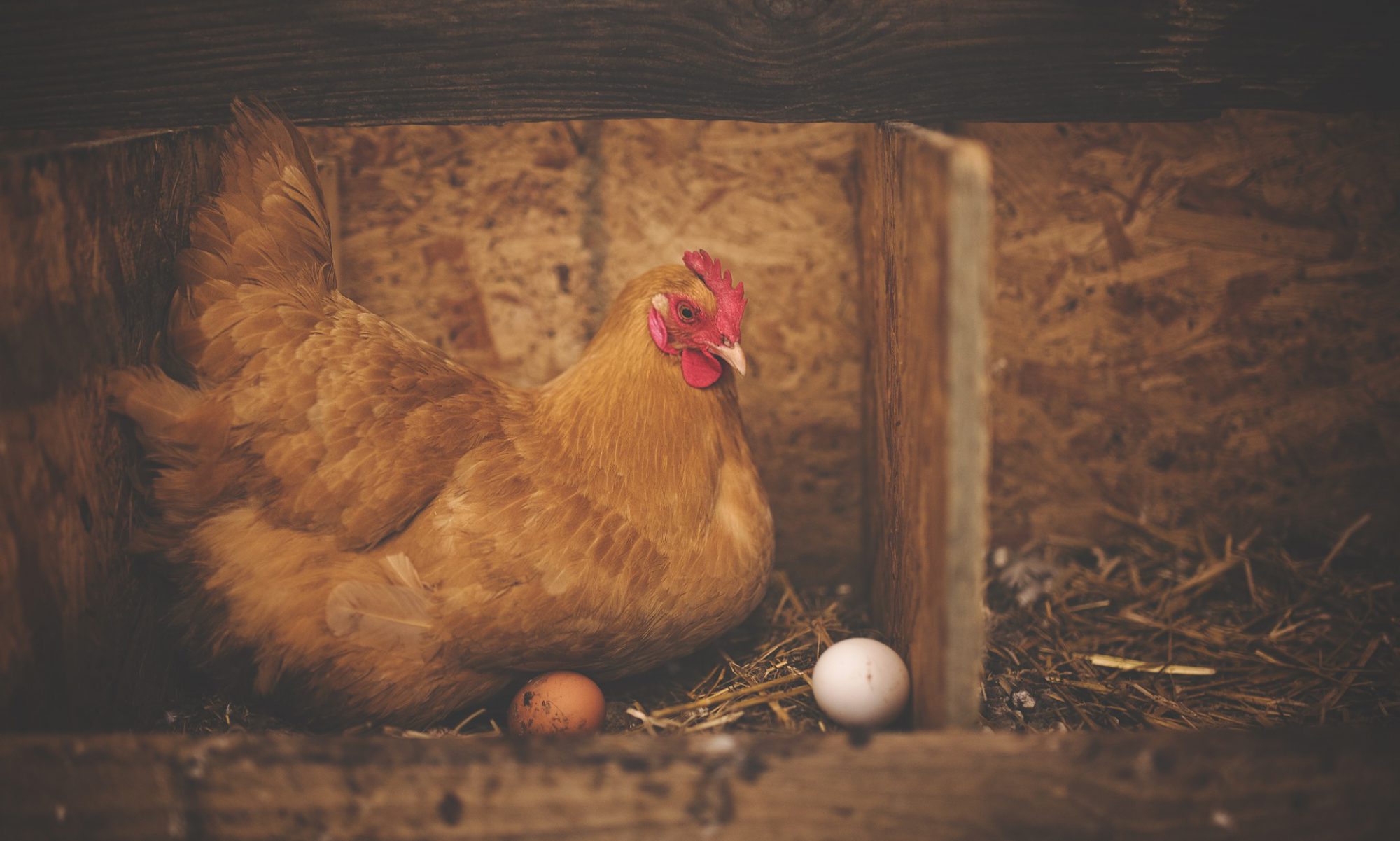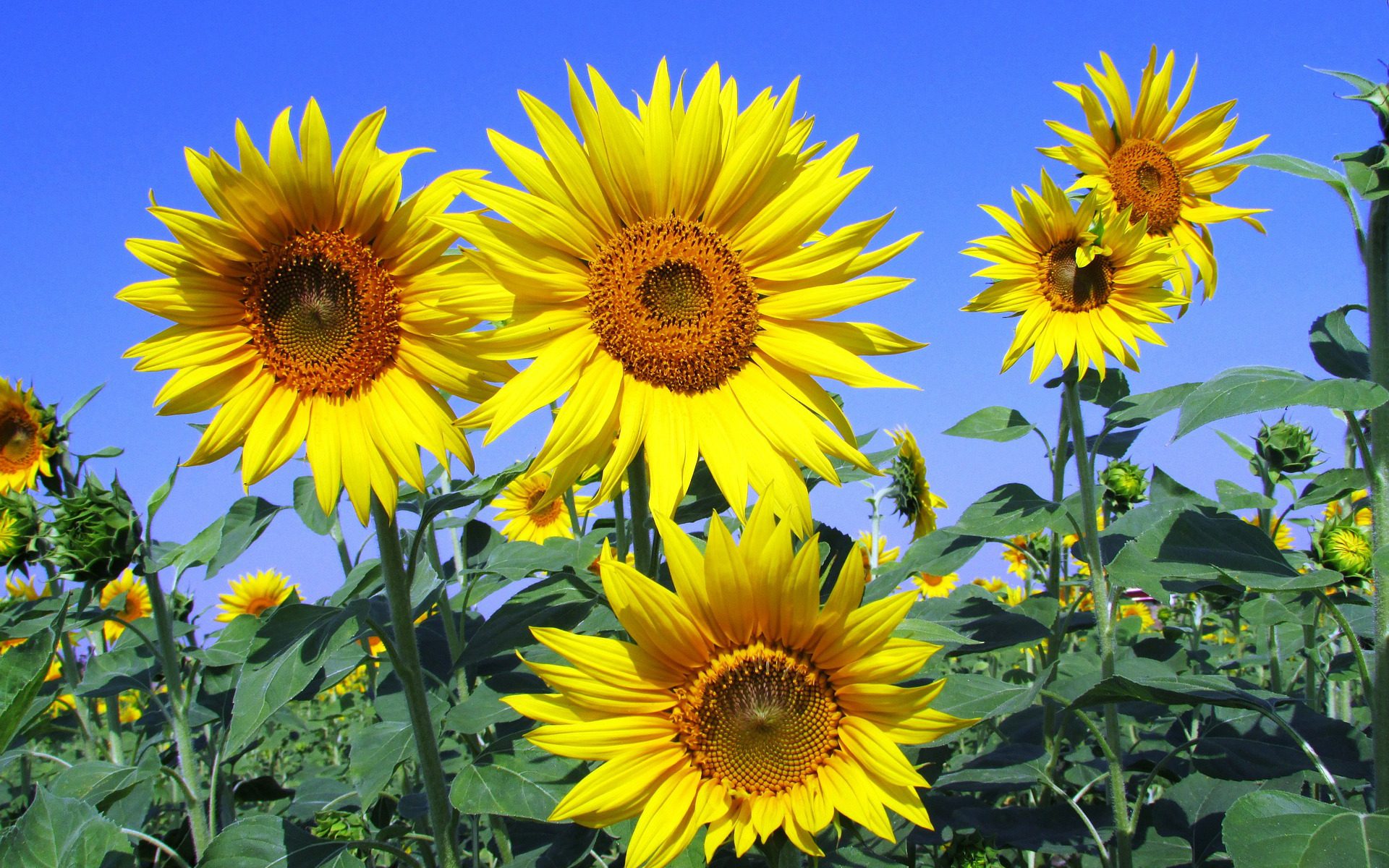Imagine this: you’re in a natural setting surrounded by flourishing plants. You feel a gentle breeze touch your face as you sink your hands into dark, rich soil and breathe deep its warm, wonderful, earthy fragrance. You focus your mind on the challenging yet delightful task at hand, enjoying the satisfaction that comes from good, honest work. When you’re done, you’re a little tired and a little soiled, but you’re also refreshed. Who knew that gardening could do so much good for you?
This tranquil scene is more than a pleasant fantasy. It’s an accurate picture of the benefits gardening offers to those who practice this fun and fascinating hobby, including people who suffer from mental health or substance abuse issues. Growing things on your own can even help you to manage chronic pain. Here’s a look at how to get started. Following these tips can help you reap a blossom of benefits, both now and at harvest time.
A Short Gardening Glossary
You’ll hear these terms batted around in gardening circles. Knowing what they mean will help you to get on the fast track to gardening greatness:
- Composting: Rich, nutrient-filled soil formed by decaying organic matter. Used as an additive to gardens and beds and when planting trees and shrubs to enrich pre-existing soil.
- Container gardening: The name pretty much says it all. Your choice of gardening- friendly containers is almost limitless. Gardeners use buckets, barrels, pots, pans, crocks, crates, and anything else that can hold dirt. You can even grow plants in the dead of winter by placing small containers on a sun-drenched window sill.
- Mulch: This is a material spread over the top of your garden soil that helps prevent erosion, deter weed growth, and stop moisture from evaporating. You can use a variety of materials for mulch, including tree bark, gravel, river rock, sawdust, or even sheet plastic.
- No-till gardening: Also known as lasagna gardening, this term refers to the practice of layering materials like soil, mulch, and compost one on top of the other, most often inside a raised bed. The practice offers tremendous benefits vs. older gardening methods. These include: less sweat and strain, excellent weed control, and a reduced need for watering. No-till gardening is the best way for those new to the hobby to get their hands dirty.
- Direct seeding: This refers to placing unsprouted seeds directly into soil. Its opposite is transplanting, or starting seeds in a small pot then moving them into the garden itself after they’re off to a good start.
Now that you know some gardening terms, let’s take a look at soil prep, which is essential for making things grow.
Laying the Groundwork for Your Garden
Good soil is the foundation of any successful garden. There are two ways to create this essential ingredient:
- Use whatever dirt is in your yard. This requires testing the soil’s Ph level and adding materials such as manure to make the ground fertile.
- Go the container gardening route. The means purchasing topsoil, peat moss, and compost at your local mass retailer or hardware store and layering them in the lasagna-like fashion described above.
Choosing the second option has many benefits, especially for those who want to partake of gardening’s therapeutic effects.
Getting to the Root of the Problem
You’ll need to tend your garden to prevent weeds, insects, and other threats from robbing you of your reward. Here are some tips for safeguarding your earthbound bounty:
- Use plenty of mulch to discourage weed growth.
- Check your plants for signs of fungal or insect damage. Use products recommended by your local garden center to control the threat.
- Water often, especially if you’re gardening in containers. You should water in the early evening if possible. This gives the liquid time to nourish the roots overnight, free of the sun’s heat.
While this is a lot of information, we’ve barely scratched the surface of our topic. For a full introduction to gardening, check out this article. Whether you start out large or small, the key to success is to persevere. Along the way, you’ll make mistakes, but you’ll learn from your errors and keep sowing your seeds. In time, you’ll reap a world of physical and mental benefits from enjoying this down-to-earth hobby; and that’s food for thought.


